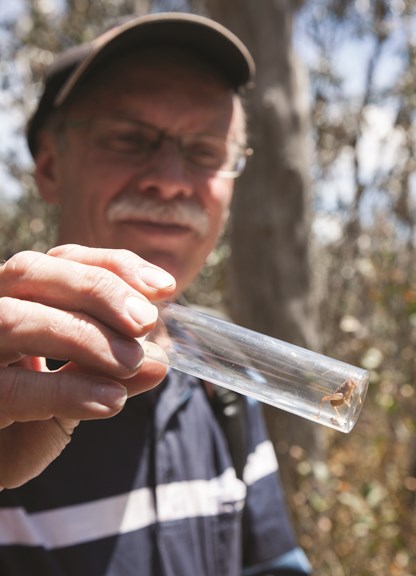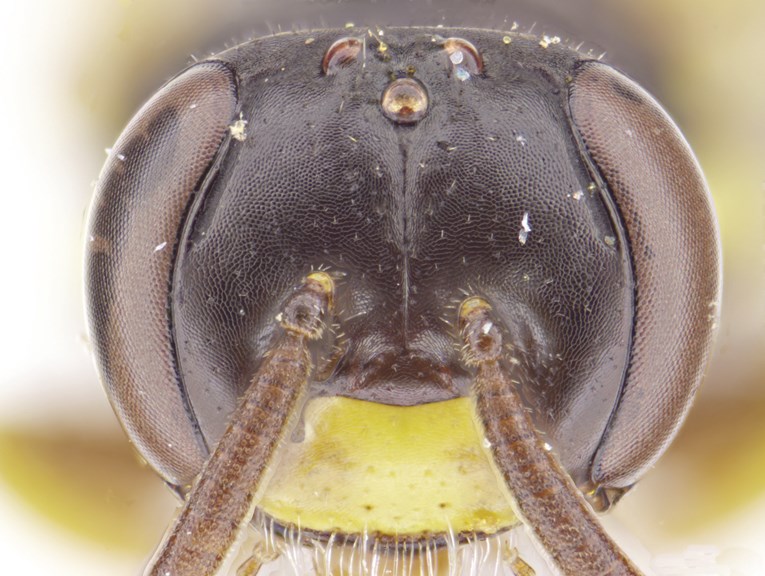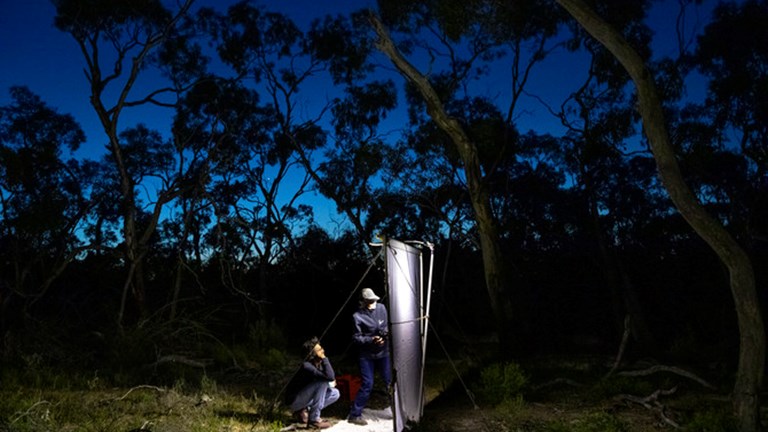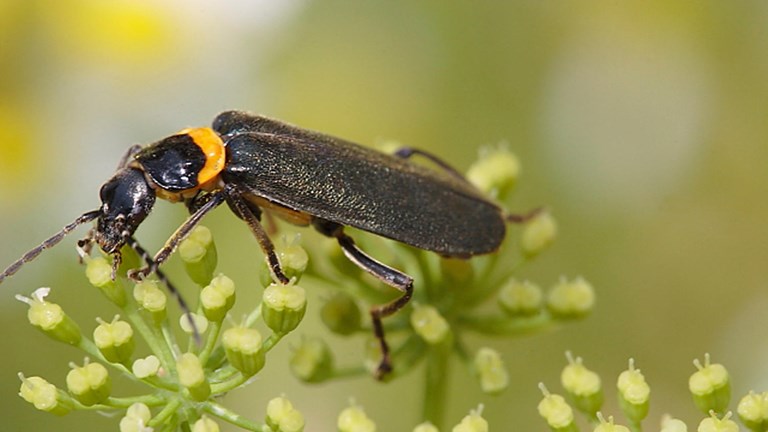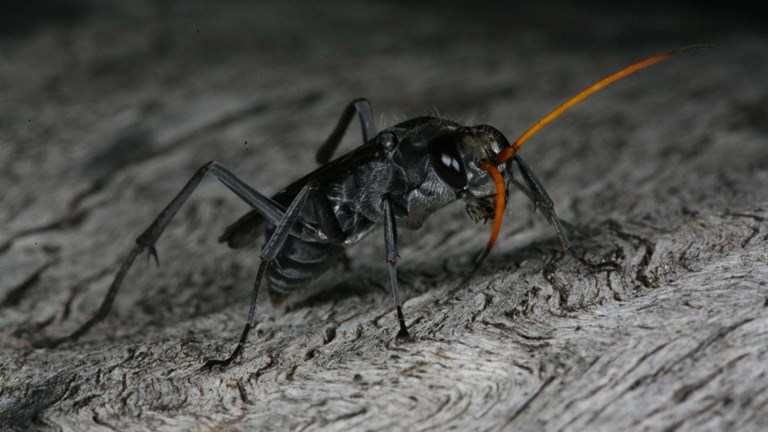Buzz off!
There are lots of humans on the planet – about 7.5 billion! But did you know that for each human there are at least 200 million insects? Despite their vast number, insects are some of the smallest animals on the planet.
Ken Walker is an Entomologist (an expert on insects) and a big part of his job is working with tiny bugs.
Ken's specialty is native Australian bees – bees that don't actually sting. There are approximately 1700 species of native Australian bees and some of them are so small they look like specks of dust.
"Australia's fauna is unique because we are very isolated from the rest of the world. The reason our bees are so unique is because plants and bees evolved together. Eucalypts are the most primitive plant family in the world, and they evolved here in Australia, so correspondingly we evolved the most primitive bee family in the world. We have very unique bees, which make them very interesting to study!"
So how do you study a bee so small it can barely be seen?
Ken has a special microscope that takes a series of photos which are then 'stitched' together, like a patchwork quilt, to produce a single 3D magnified photo. With this photo you can see the hairs on the bee’s body, its googly eyes, and the patterns on its wings.
“To the naked eye, they just look like black dots, but when you see the bee’s face, it really personalises it,”Ken
